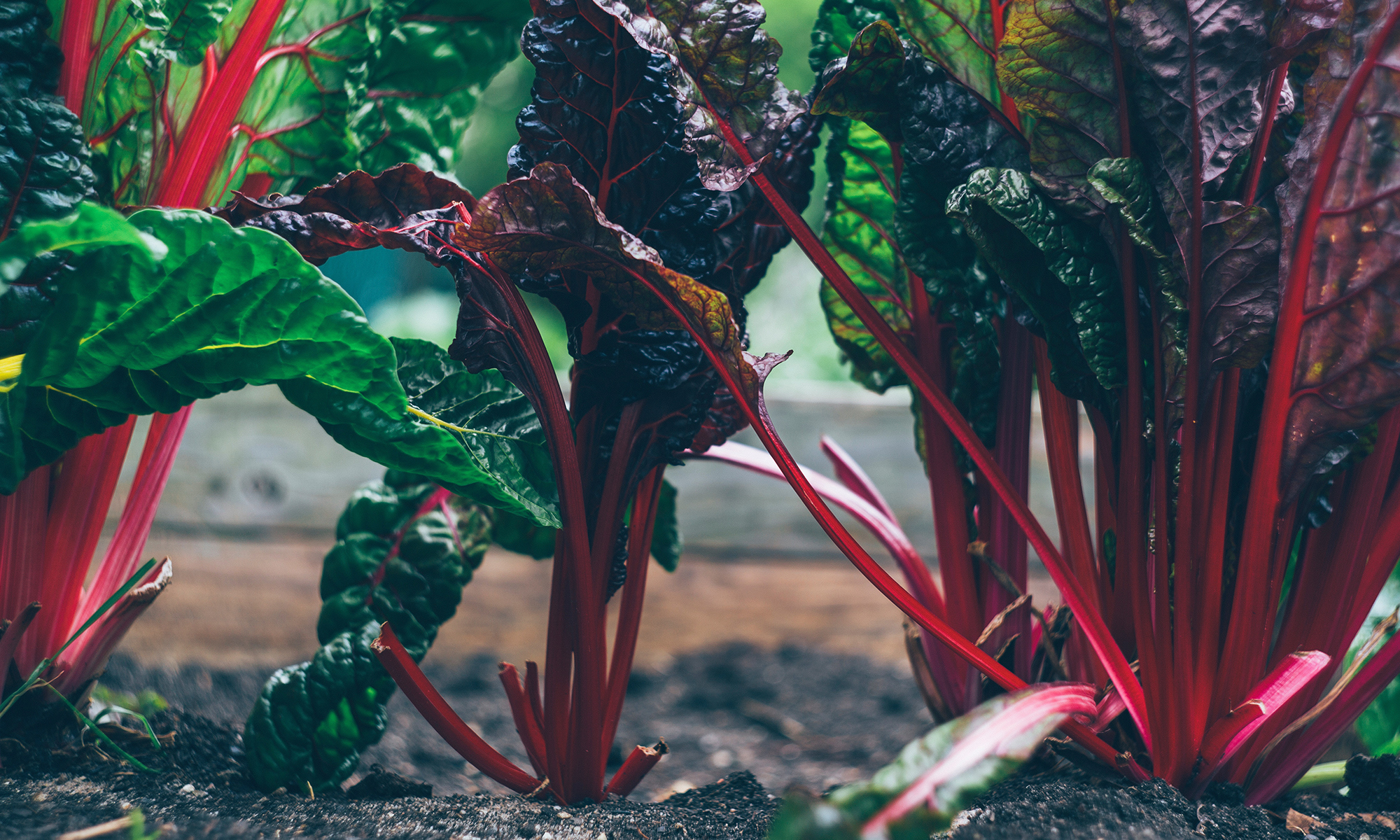If you ordered foie gras at Biba restaurant in the mid-1990’s, I apologize. I was just learning how to sear foie gras, and it took me a while to internalize all the nuances of the liver and the cooking pans to really perfect my technique. While I learned, I sent out a lot of portions that were flabby and pale. I can’t tell you how much I appreciate the opportunity to learn at your expense, sometimes cooking as many as 20 portions a night. And the folks that have eaten my foie gras since then thank you too.
Alan Brock is one of them. He ate at Biba at least once a week. I only knew him by name: “Alan Brock’s eating at the bar….” And we’d pull out the special plates, the new ingredients we were experimenting with and cook him the best dish we could imagine at the moment.
At the end of my shift one night, the sous chef came to me with a glass of red wine. This was highly unusual since we only got shift drinks on Saturdays, and then it was only beer. The glass was from Alan Brock and he wanted to thank the cook who prepared his foie gras. Not the chef, not the sous chef, but me, the LINE COOK. YES! I did it, I did it! I finally learned to sear foie gras.
Cooking Foie Gras intimidates both professional and home cooks. They don’t teach you in cooking school, and it’s not readily available at supermarkets. When it is available for purchase, it can cost as much as $60 a pound. Most cooks don’t have the financial wherewithal to experiment with such a persnickety ingredient to learn how to cook it properly.
When I worked at Biba, the butchers would clean the foie gras for me and the other line cooks. They would gently break it open, clean out the blood veins, and piece it back together in perfect 2 ounce portions. Now when I cook foie gras at home, I don’t bother. I either by “A Grade”, which is quite clean, or I buy “B’s”. Then, I slice the liver and use a toothpick to clean out the veins.
Foie Gras shines when it’s seared to a crispy brown, salty crust. But because the liver is 90% fat, it’s imperative that it’s cooked quickly, otherwise it literally melts away and you’re left with sinewy fat. The secret is cold foie, hot pan. After I slice and season the foie gras, I put it back in the refrigerator. I heat the pan over a high flame for a few minutes. When it’s smokin’ hot, I press the foie gras into the dry pan. It immediately sizzles, rendering enough fat to release it from the pan. After 1 ½ – 2 minutes, I flip it over for 5 seconds, just to take the raw edge off the other side. I let the foie gras rest on a slice of toasted brioche. The brioche soaks up all the juices and makes a wonderful accompaniment to the dish.
I love pan sauces with foie gras, which I make while it’s resting. I drain the excess fat from the pan, to which I add minced shallots. They cook quickly from the residual heat of the pan. Then I deglaze with sherry and chicken stock. After it reduces to a thick sauce, I finish it by swirling in a pat or two of butter. Finally, I balance the sauce with a squeeze of fresh lemon and a pinch of salt and pepper.
For Foie Gras – Three Ways, I served it with this:
Five Spice Duck Breast with Spring Green Bao
12 duck breasts
1 tsp. Sichuan pepper
1 tbs. five spice powder
salt
¼ cup sake
1 tbs. hoisin
pinch of chili flakes
1 tbs. chopped shallots
pinch of nutmeg
1 cup chicken broth or stock
butter to taste
Score the skin side of the duck breast. Season meat with salt, pepper and five spice. Cook duck, skin side down over low heat for 10 minutes, or until the fat is rendered and the skin is crispy. Cook breast for 1 minute on flesh side for medium. Remove duck from pan and let rest for 5 minutes before slicing.
To the duck pan: drain off excess fat. Return pan to heat. Add the shallots and chili flakes. Cook for 2 minutes until the shallots are soft. Deglaze the pan with sake. Stir in hoisin and nutmeg. Add chicken broth, and let reduce by half. Swirl in butter to taste.
Spring Green Bao
3 cups AP flour
1 Tbs. Yeast
¼ cup sugar
1 cup hot milk
1 tbs. Soft butter
½ tsp. Baking powder
1. In a small bowl, combine milk and yeast.
2. Put all dry ingredients in mixing bowl with paddle and mix at low speed. Add the milk to make a dough. Then, add the butter. Switch to a dough hook, and knead for 5 minutes. Add the baking powder last, and be sure it all gets incorporated.
3. Place into a lightly oiled bowl and cover…letting rise for 45 minutes.
4. Punch down the dough, and divide into 12 pieces. Let rest for another 10 minutes…then roll out, put a spoonful of filling in middle, and pinch dough around it.
5. Place each bao on a small square of parchment paper, and stem for 10-15 minutes. Don’t crowd your steamer as the bao will almost triple in size while cooking.
Filling
1 tbs. canola oil
3 cups mixed spring greens: pea tendrils, ramps, leeks, spinach
1 tbs. chopped ginger
1 tbs. chopped garlic
2 tbs. soy sauce
1. Heat oil in a large skillet or wok. Add ginger and garlic. Cook for 1 minute, until soft. Add greens, and cook until wilted. Season with soy sauce. Let cool before filling.
